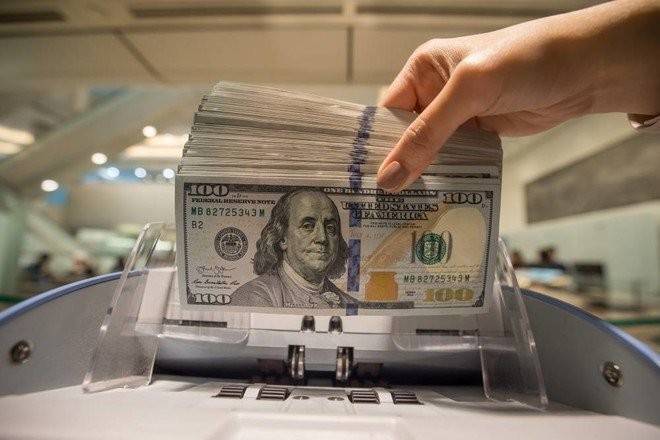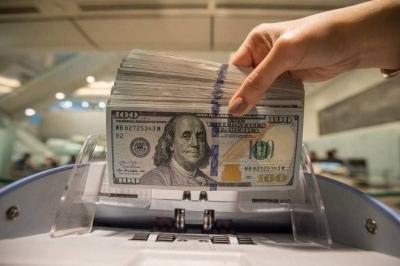Yesterday was undoubtedly a day marked by the dollar in Lebanon, as citizens awoke to a dollar nearing 49,000, only to plummet below 43,000 within an hour. This occurred following a circular issued by the Central Bank of Lebanon, announcing that the price of the "Sayrafa" platform's dollar would rise to 38,000 Lebanese pounds, and allowing exchanges from pounds to dollars through banks without ceilings or conditions. This was intended to absorb quantities of the national currency from the markets and inject dollars to alleviate pressure on demand.
Regarding the dollar crisis and the illogical fluctuation that occurred yesterday, coupled with the previous unjustified surge at a time when the exchange rate was expected to decline due to the arrival of expatriates and tourists and a relative boost in economic activity, the reasons are no longer hidden. The increase can be attributed to the smuggling of dollars into Syria in large quantities, as well as the excessive printing of the Lebanese pound, which has flooded the market with currency that has lost its value, prompting the Central Bank to withdraw it by injecting hard currency back into the market.
Economic sources monitoring the situation anticipate that the dollar exchange rate in the black market will drop in the coming days to reach 38,000 pounds, aligning with the "Sayrafa" platform price, as Lebanese citizens will opt to exchange their pounds for dollars through this platform. Money changers will likely lower their prices; otherwise, they risk losses. However, it was noted that nothing is certain yet and that many surprises could arise, as the market does not adhere to logical fluctuations that govern it; the recent unjustified rise serves as a prime example.
The sources noted to "Anbaa" that the significant drop that occurred in less than an hour was economically illogical according to the principles of supply and demand. However, it happened as a reaction fueled by money changers' fears of an upcoming decline and their desire to sell the dollars they had accumulated at high prices recently. This was why there was a return to an increase in the evening; they sought to capitalize on the opportunity before the Central Bank's circular took effect.
The sources also highlighted previous remarks by Central Bank Governor Riad Salameh, expressing readiness to inject $1 billion into the market to withdraw the Lebanese pound. They pointed out that this indicates that the Central Bank has the capacity to intervene with this amount until November 31, the date the circular expires.
In conclusion, the sources indicated that daily trading on the "Sayrafa" platform ranges between $30 million to $90 million. However, these amounts are not fully covered by the Central Bank; a portion comes from category (A) currency changers, the legitimate money changers who conduct transactions in the market without relying on the Central Bank for dollar provision. This situation means the Central Bank has a broader margin to intervene and inject funds.
Ultimately, the citizen remains the only victim of the monetary manipulation taking place, aimed at amassing profits at the expense of Lebanese people who have grown weary and lost hope for a corrective path, while waiting for a "miracle" to rescue them from their tragic reality and restore at least a portion of their rights.




